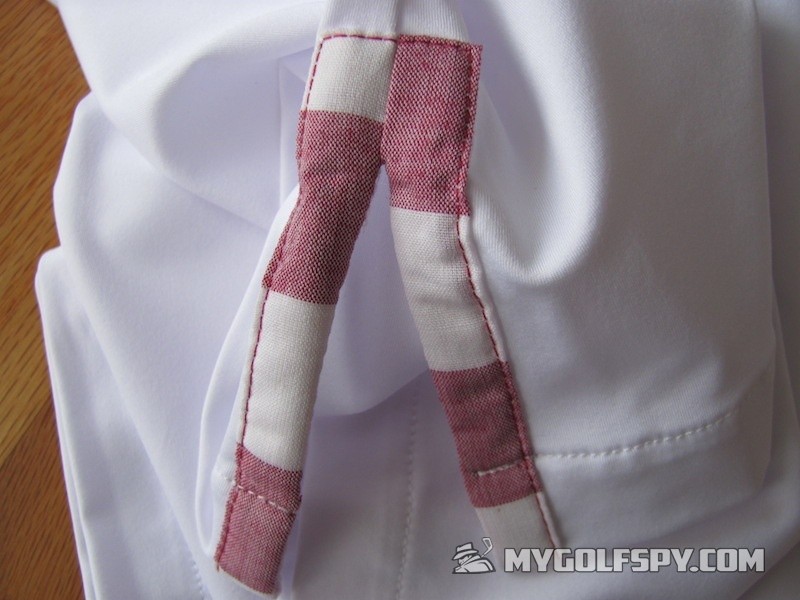Options Collar Me Impressed
Post on: 17 Июнь, 2015 No Comment

It’s long been said that life is a series of trade-offs and you can’t always get what you want. Think of your investing strategy in similar terms. When it comes to the protective collar, you give up a little bit of upside potential in exchange for a solid floor under your feet. Here’s how it works.
Editors’ note: This is the third article in a three-part series on using option strategies for portfolio diversification. Read the first, on married puts , and the second, on covered calls .
As we discussed in recent months, portfolio diversification isn’t really diversification when the market takes a southbound turn and all your assets follow along. That’s why basic options-based strategies, such as the covered call and married put. may make sense, helping to potentially cushion your equity positions from any widespread turmoil that drags everything down with it (see: October 2014).
Now, it’s time to take this concept a step further and combine the core principles of the covered call and the married put into the protective collar. The basic idea here is to hedge a long stock position while providing the protection of a married put, but with little to no added cost. The put option establishes a minimum exit price, should you decide to sell your shares, while the call establishes an upper limit on gains.
Let’s walk through a simple example.
True Collars
Say you own 100 shares of “Widgets International,” which is trading around $100, and you’re concerned about potentially bearish news in the company’s quarterly earnings results next month. As with the previous two strategies, we start by checking available options strike prices (discover more about collars and other options strategies by logging into your account through TD Ameritrade platforms such as Trade Architect ® ; see figure 1).
FIGURE 1: STRATEGY MENU. The protective collar (yellow arrow), along with other option combinations, can be found by clicking on “Select Strategy” under the “Options Chain” tab. Source: The TD Ameritrade Trade Architect platform. For illustrative purposes only.
Looking at options with 30 days until expiration, an out-of-the-money put with a 94 strike costs around $1.45 (or $145 total for one option contract that covers 100 shares of stock). The put offers protection because the option can continue to rise in value if the stock drops (yes, buying the put comes with the out-of-pocket expense in transaction costs, but stay with us).
A covered call, meanwhile, can also come in handy. While the downside protection isn’t as robust as the put, a covered call comes with the added bonus of generating income. In this case, you could sell the 104 strike call and collect $1.55, which is $155, minus transaction costs, of immediately spendable cash per option contract.
By combining the two trades together, not only have you “collared’ your stock and achieved the protection of a married put, you’ve done so for a 10-cent credit, less transaction costs. The $1.45 cost of the put is paid for with the $1.55 credit from the call, and leaves you 10 cents ($10) left over, and this credit can help offset commission costs. You’ve now attained potentially very valuable downside protection.
What Ifs?
Managing the collar isn’t any different than managing those options alone. As long as the stock stays above $94 at expiration, the put will expire worthless (but it’s not costing you anything in lost premium). And if the stock drops to $90, for example, then the put option is worth $4 and the collar has done its job.
FIGURE 2: THROWING STRIKES. In this example, call and put option strikes (yellow circles) are available in $1 increments above and below the current price of the underlying stock. Check the “Options Chain” tab for more information. Source: Trade Architect. For illustrative purposes only.
What if the stock rallies? As long as it stays below $104, there’s not much to do because the call option (as well as the put option) will expire worthless (keep in mind that when you short calls or puts, there is a chance the options may be “ assigned ” at any time up to expiration). If Widgets moves above $104 at expiration, however, and you haven’t closed the call option, you’ll be forced to sell the stock.

Remember, even though covered calls cap the upside potential for the stock, you may be able to buy the call back. Doing so allows you to sell another call with a different strike, expiration or both. You can move your option strikes to accommodate the movement of the stock. Please be aware that buying a short option back will incur the premium of the option and transaction costs.
Now that you’re ready to collar your stock, you need to decide on strikes, which in most cases are available at monthly expirations in nice, round increments (see figure 2).
Puts get cheaper as strike prices go lower, and therefore can be financed with further out-of-the-money calls. This results in a collar with more room for the stock to move, both higher and lower. This tack might be appropriate if you’re bullish on the stock, but still want that “just-in-case” protection from a put.
If you’re increasingly bearish, it might make sense to choose strike prices that are closer to where the stock is trading. This makes for a tighter collar where the covered call portion imposes a lower ceiling, but the “floor” provided by the put option is higher.
Ultimately, whether it’s a protective put, a covered call, a collar or something else, it’s important to think critically and creatively about your diversification strategy. As we get ready to close the books on 2014, consider everything that happened over the past year and what 2015 may have in store for markets and investors. Are you prepared and adequately protected? Best not just sit there…
More on options














